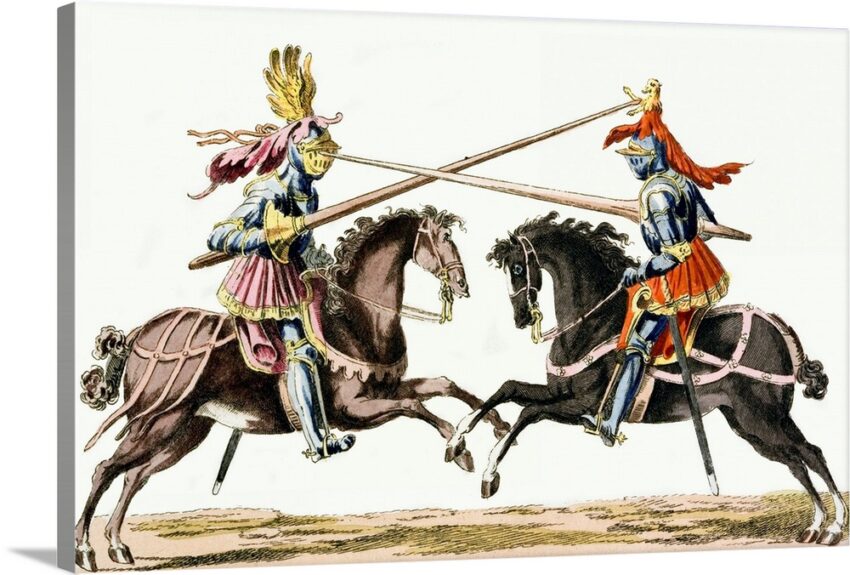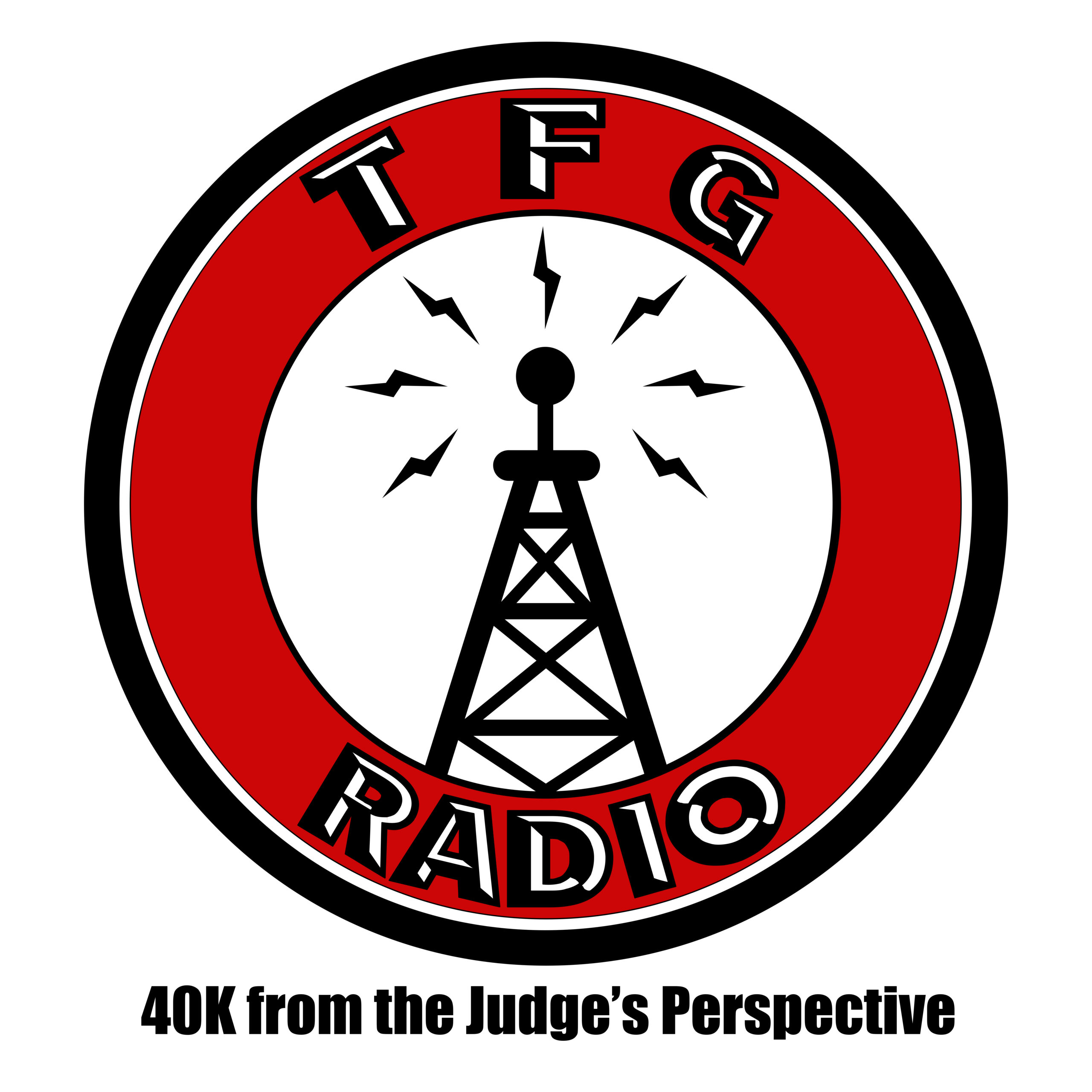Hey Everyone! Adam, FLG Head Judge and TFG Radio host, here to talk about how we currently do our metrics for pairings at our events.
Pairings have been done several ways over the years. For a long while it was simply based on battle points and playing the person above or below you in the standings. Until recently, pairings was based on wins then it was a random pairing . This was done because player would “submarine”, winning a game with a low number of points, in order to avoid playing against certain players or armies. After LVO we switched it up again, and after Rocky Mountain Open we tweaked it some more, so these are the current metrics for determining pairing.
Wins, then Path to Victory
The first one is obvious, the more games you win, and the longer you remain undefeated, the higher your placing and you will be paired against players that have the same number of wins as you. Path to Victory may be familiar to you if you played in a games Workshop event or at NoVa Open. This takes into account your record as well as how you got that record. So, for example, if you are 3-1 then you would play against other players that are 3-1. Now let’s say that you got your loss in round 2, you will also be paired with players that got their loss in round 2, so everyone that is 3-1 and lost in round 2 will play against each other. This helps in that you have a higher chance of playing against someone of the same skill level but as with all things, it is not always the case.
Opponent Game Win %
Once we get down to Path to Victory we further pair people by their Opponent Game Win % (OGW). This is the average win percentage of all of a player’s opponents. So players with similar Path to Victory will be paired by their OGW. So, again, you should be paired with players that are similar in abilities and have played against similar types of opponents. This seems the same as strength of schedule (SoS) of but it slightly different. in SoS, if a person drops in can greatly affect a player’s SoS in a negative way. With OGW the minimum percentage is 33% whether a player drops from an event or if a player goes 1-5 (20%). So far player feedback seems to be pretty good as players feel that it allows them to play against tough opponents that would raise their OGW and thus raise their place in the standings, which we will talk about next week.
Battle Points and Random
Last but not least is Battle Points. Yes they do still matter but since it is the 4th metric when determining pairings, the only time it would be relevant would really be after rounds 1 and maybe 2. A player can still try to submarine to avoid people or armies but there are too many other factors in play for it to matter. Random is still in there because, as mentioned earlier, the early rounds do not produce enough results for the top metrics to really differentiate between plays. Random is really the last resort and should rarely be needed, if things are going the way they should.
And that’s how we are doing pairings right now. I hope you found it helpful. Next week we will talk about how we currently do placings for our events. In the meantime don’t forget to buy your tickets for our events.





